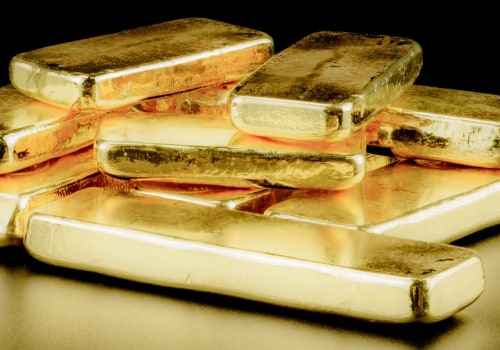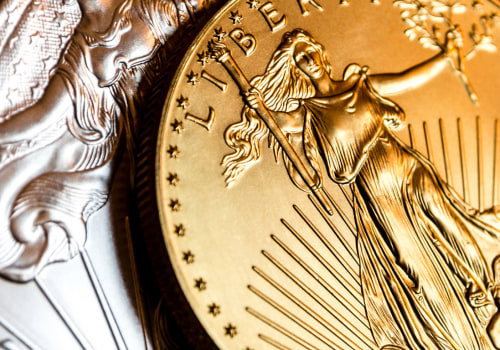How much of your portfolio you dedicate to precious metals will depend on your risk sensitivity. In general, we advise our clients to dedicate between 5% and 15% of their portfolio to precious metals. Deciding how much gold and silver to keep in your portfolio should be a personal decision. In general terms, investors invest between 10 and 15% of their assets in precious metals.
Your portfolio should be structured in a way that helps you achieve your long-term goals. However, many experts warn that you should be careful about how much gold you should include in your portfolio. A general rule of thumb is to limit gold to no more than 5 to 10% of your portfolio. Depending on your situation and your risk tolerance, you may be more comfortable with a larger or smaller share of gold in your portfolio.
Given the unprecedented period of global economic expansion and the vulnerabilities that exist in the international financial system, prudent investors are focusing their attention on relatively moderate investments in gold and silver, which offer protection against stock market volatility. Another strategy is to invest in mining companies or in ETFs in the metallurgical sector that offer diversified exposure to many different types of metals. Whether you invest in bullion, coins, or exchange-traded funds (ETFs) backed by precious metals, exposure to gold and silver protects your wealth when the value of the dollar declines. In a market that changes dramatically from one day to the next, Jim Cramer teaches investors a new way to diversify their portfolios that will succeed in any market.
Therefore, investors who own gold or silver ETFs do not retain full ownership of their investment and cannot use their ingots or coins as money in the event of an economic collapse or disaster. Investing in precious metal ETFs can provide much-needed cash flows in times of recession and market slowdown. In addition, gold and silver are strategic long-term holds that can preserve your assets if your company has to close its doors. Precious metals such as gold and silver are physically scarce, chemically unique and useful for industrial applications.
The world of start-ups is very volatile and investing in precious metals is an excellent risk management tool. Regardless of their level of sophistication, I've found that the best path to true diversification is to invest in a variety of assets, including alternative assets other than traditional stocks or bonds. Be careful when buying gold or precious metal ingots, and be sure to buy only ingots or coins that contain the manufacturer's name, as well as their weight and degree of purity. Talk to your financial advisor about the possibility of investing in popular gold or low-risk precious metals ETFs before you start investing in gold and precious metals.
As Egon von Greyerz points out, it makes sense to diversify your investment in precious metals with silver, an affordable metal used in many industrial applications. However, investing too little in gold and silver exposes you to risks that other assets cannot remedy. As marketing director of Regal Assets, a leader in the physical precious metals market, I have seen first-hand how gold and silver holdings have helped create and protect the wealth of countless investors.




Leave Message